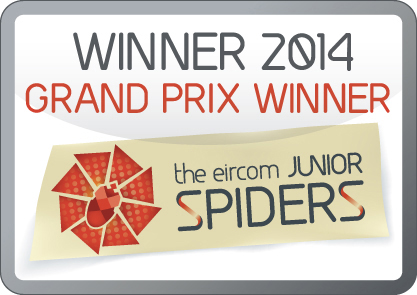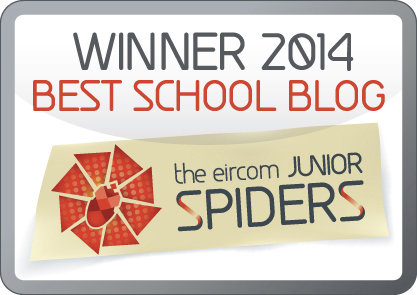Fizzy Rainbow Easter ‘Egg-speriment’
(Credit: https://littlebinsforlittlehands.com/baking-soda-and-vinegar-rainbow-easter-eggs/)
Question: What happens when you mix baking soda and vinegar?
Predict: What do you think will happen?
You will need:
- Small plastic Easter eggs or real empty egg shells that have been washed out
- Empty egg carton
- Baking soda
- Vinegar or lemon juice
- Food colouring (optional)
- Tray
Investigation:
- Place the tray on the table and put the egg carton on the tray. If you don’t have a tray, you could put some newspaper or paper towels on the table. Put your eggs into the carton.
- If you have food colouring, measure 1 drop into each egg.
- Measure 1 spoonful of baking soda into each egg.
- Squeeze some vinegar on top of the baking soda and observe what happens.
Analyse: What happens when the baking soda and vinegar mix? Why do you think this happened?
The vinegar and lemon are both acids and the baking soda is a base. When the acid and the base are mixed together, a chemical reaction occurs and a gas (fizzing bubbling action) called carbon dioxide is made. Liquid, solids and gas are called states of matter. All three states of matter are present in this experiment, vinegar (liquid), baking soda (solid) and carbon dioxide (gas).
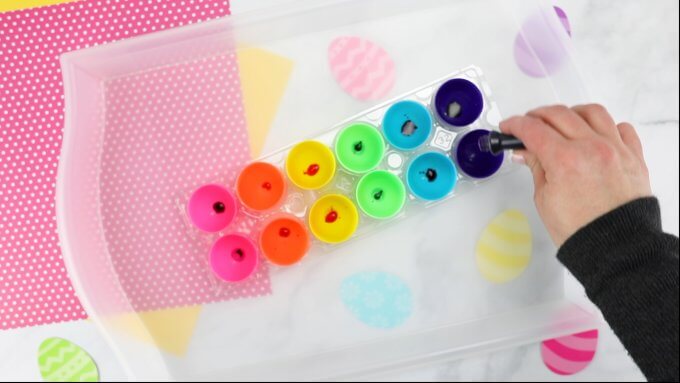
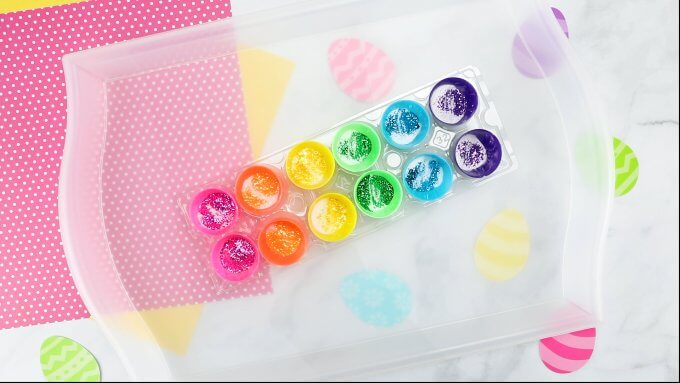
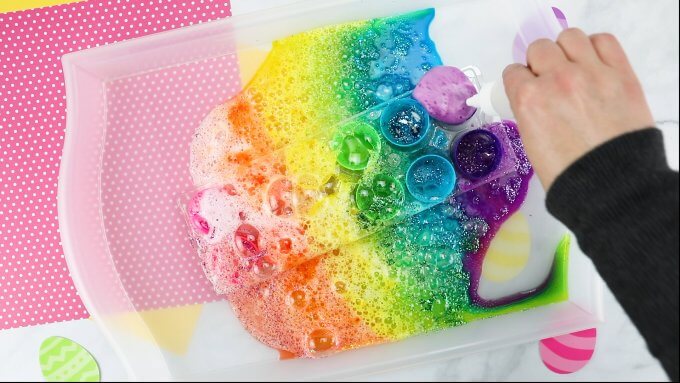
Think about: What STEM skills did you use in this activity? (Clue: Look at the words in bold black writing)
STEM Challenge:
Can you make a rubber egg that will bounce using a real egg and vinegar?
I would love to see pictures of your STEM activities. You can post them here on the blog, send them to your teacher on class dojo or send them to the school mobile.
Have fun!
Ms. Whyte




